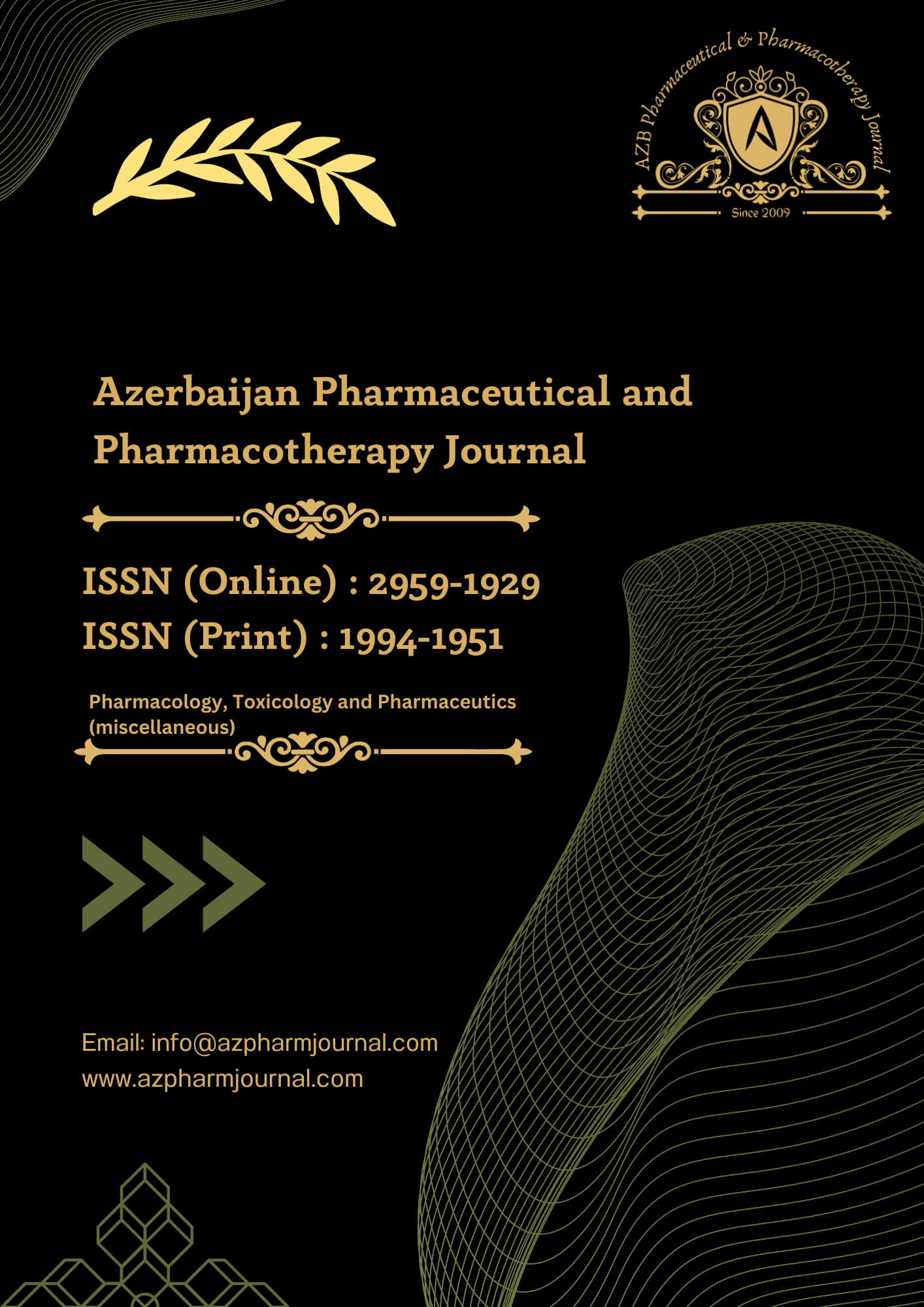4. Discussion
The objectives of this study were to assess the practices of critical care nurses in pain assessment and management and to explore the perceived barriers and enablers related to pain assessment in critically ill patients. According to our findings, around 52% of the nurses exhibited sufficient practices in pain assessment and management in critical care units (CCUs). This result is consistent with previous studies; over half of the participants demonstrated good pain management practices, similar to a study conducted in the Amhara region of northern Ethiopia (55.7%) and another study in Uganda (61.2%) [11]. However, these findings differ from research conducted in Palestine, which indicated poor practices in pain management [12]. Furthermore, our results suggest that nurses were more likely to document pain assessments, in line with reports showing that nursing staff often possess stronger pain assessment skills than doctors and pharmacists [13]. European studies also demonstrate meticulous pain documentation, established pain management protocols, and procedures[14]. Although ICU nurses in our study reported performing pain assessments using appropriate tools, their practices still fell below the optimal level, indicating a need for further training on when and how to assess pain in ICU patients [15, 16].
Turning to the perceived factors influencing nurses’ pain assessment and management practices, our study highlighted significant barriers such as workload, poor documentation, communication gaps in pain assessment and management, lack of education, absence of assessment tools, protocols, and guidelines, patient instability, patient inability to communicate, and the impact of sedation on pain assessment. Consistent with our findings, other research also identified nursing workload, patient instability, communication difficulties, lack of assessment tools, and patient inability to communicate as primary barriers affecting pain assessment and management[17, 1]. Notably, patients’ lack of awareness of pain management emerged as a common obstacle. In contrast, another study emphasized the healthcare system’s strict opioid restrictions as a major barrier [13]. Similarly, a different study revealed that 61% of nurses identified the absence of standardized clinical guidelines for pain treatment as a barrier [19]. Insufficient communication between nurses and doctors was also identified as a key hindrance to optimal pain management [20]. These results contrast with studies in Turkey, where the lack of psychosocial support services was more commonly perceived as a barrier [21].
Table [t2] showed the association between socio-demographic and nurses’ practices. These findings are in line with many studies, as there was an association that was statistically significant with marital status. Furthermore, no relationship was found between the remaining variables. These results were consistent with previous studies that did not reveal any significant relationship between sociodemographic characteristics (sex, place of work, and area) and practice level[12, 22, 23, 24]. The result can be supported by [25], who found that various nurses’ socio-demographic characteristics influenced their practice toward pain among critically ill patients. Conversely, recent studies showed there is no significant association between age of respondents, working area of respondents, sex, year of patient care, and in-service training [26]. This finding is consistent with the finding of the study conducted by[19], who stated that the results of this survey revealed that age, gender, level of professional education, and years of working experience were significantly associated with nurses’ interventions for managing pain of patients with \(p < 0.05\). These findings concurred with Sweity et al. (2022) - the findings of the study showed statistically significant differences in age and experience; as practice improved and progressed, age and experience increased. Although the result showed obvious significance in the level of education, practices improved as the level of education increased. Furthermore, another significant finding was associated with previous courses in line with the good practice of nurses in pain management with a p-value (\(<0.001\))[2]. Our study found that various nurses’ socio-demographic characteristics influenced their practice toward pain among critically ill patients. Consistently, previous studies found significant differences in the proportion of nurses using pain assessment tools for patients who are able to self-report symptoms according to the type of hospital, hospital affiliation, academic qualifications, and years of experience as a critical care nurse [27,28].
Table [t3] shows a significant relationship between the barriers and enablers to pain assessment and management of nursing staff with gender and age groups. There was a significant association between age, gender, level of professional education, and years of working experience with system-related barriers and nurses’ interventions for managing patient pain at \(p=0.001\)[17]. This finding is not in accordance with the study done by Hamdan et al. (2022), who found significant differences in barriers and enablers to pain assessment and management and pain education according to hospital type and ICU experience [19].
Table 4 shows the positive correlation between nurses’ practice and barriers and enablers elements. A positive correlation was discovered between the nurse’s practices and barriers scores in pain assessment and management in critically ill patients. The authors believe the positive correlation between nurses’ practices and perceived barriers influences the quality of nurse’s practices and pain treatment and management in critical care units for delivery to critically ill patients.
